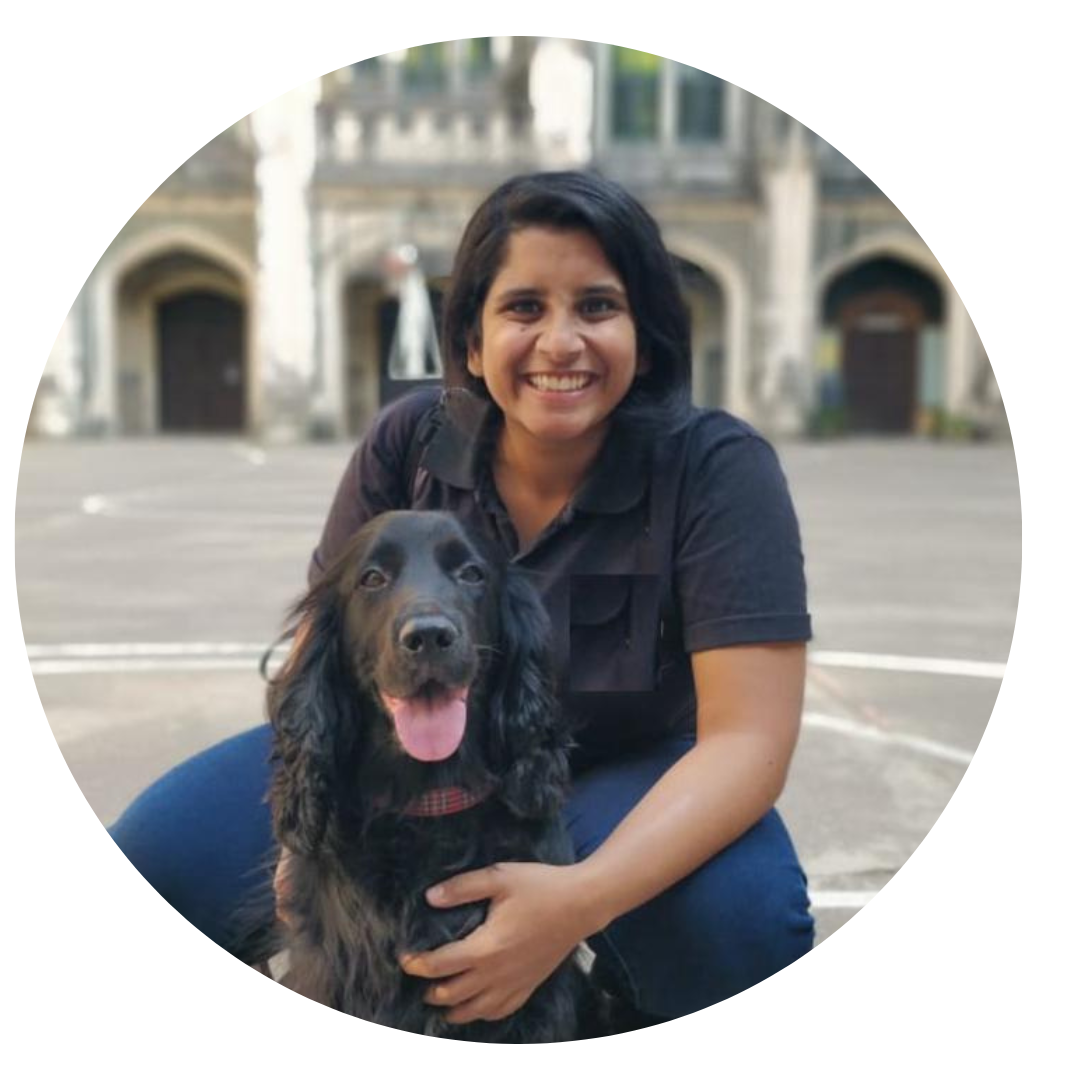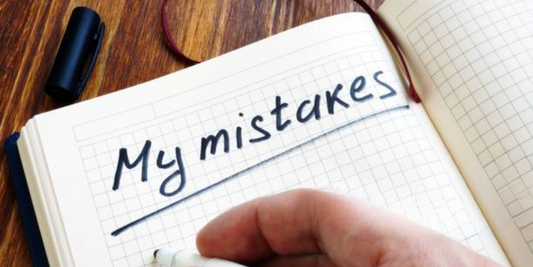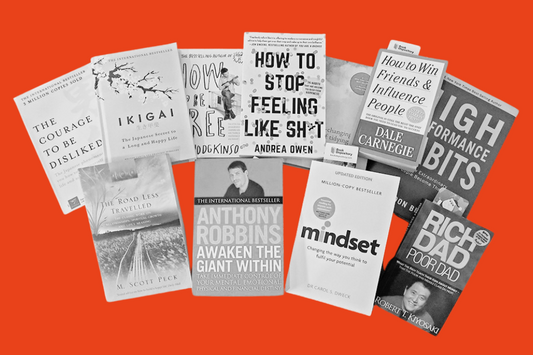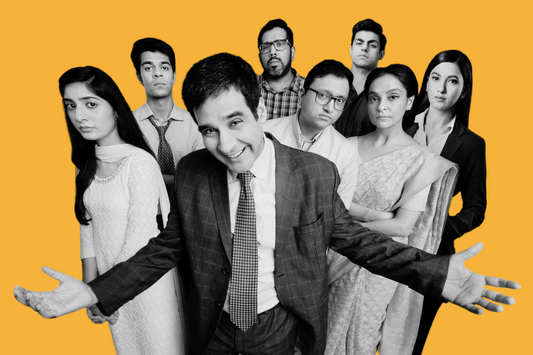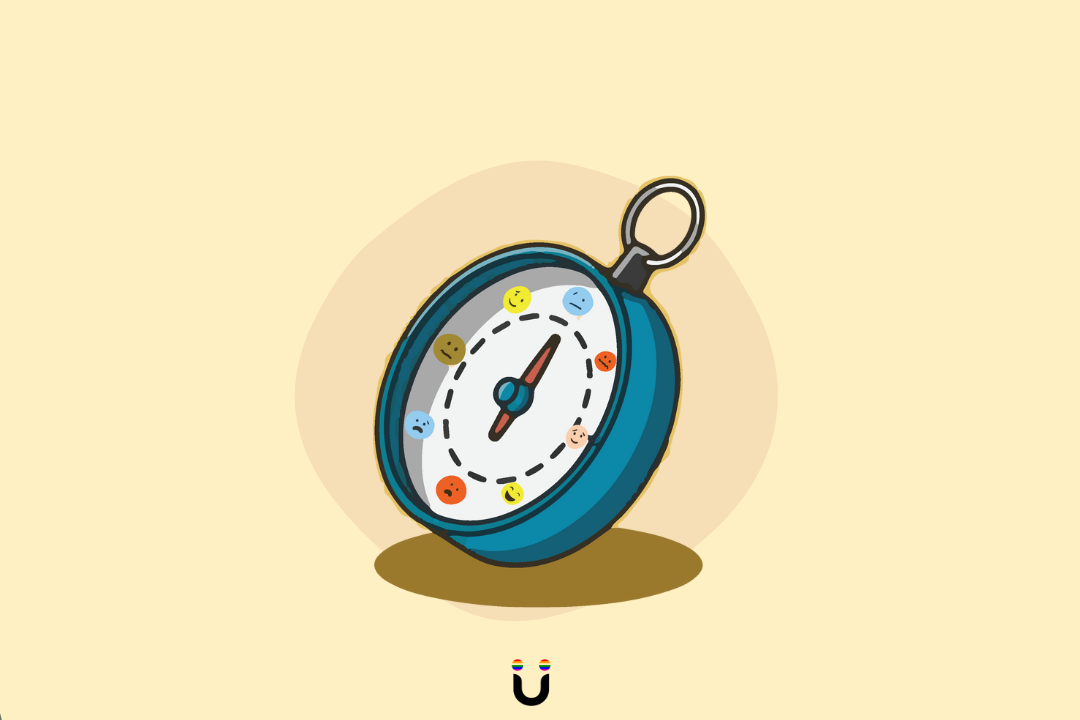
If the Goal Is to Be Happy… Can It Include Sadness Too?
Share
We all want to be happy. But is a life of happiness possible without sadness?
All of us have a shared goal: to be happy. But what does that even mean?
Don’t worry — this isn’t going to turn into an English lesson. But I want to pause on the word happy for a moment. Everyone you ask will tell you that their ultimate life goal is happiness. And yet, when you ask them what that looks like, their answers often come with a long list of conditions.
We live in a world that adores binaries — good or bad, black or white, yes or no. But the space for grey? Practically non-existent. And in therapy, I hear this play out all the time.
Clients often come in saying they want to “fix” something. They’re here to overcome a problem, and that’s no small feat — just coming to therapy is a brave first step. But underneath the surface, what many are really saying is: “I want to stop feeling bad.”
We Want the Happy Without the Hard
The desire to move toward happiness often sounds like:
“I want this situation to be over.”
“I want to stop feeling like this.”
“I want peace.”
And that usually translates to: “I want to stop struggling.”
But here’s the thing — what if the struggle isn’t the problem? What if trying to eliminate it actually keeps us stuck?
When we treat happiness like a singular destination, it can become a void where sadness isn’t allowed to exist. We start aiming for a kind of neutral numbness, mistaking it for peace. We cling to the emotions we label “positive,” and anything that feels heavy — sadness, guilt, pain — becomes the enemy.
Let’s face it. No one wants the bad. But that doesn’t mean it’s not doing something important.
The Dying Vegetable Theory
Here’s a weird metaphor: negative emotions are like that one dying vegetable at the back of your fridge. No one wants to deal with it. But it tells you something.
It reminds you to check in, reassess, clear space. It pushes you to act — whether it’s throwing it out, planning better, or just acknowledging you’ve been overwhelmed. These emotions do the same. They’re not here to ruin your life — they’re trying to signal that something needs your attention.
And no, you don’t have to love them. You just have to look at them.
Emotions Aren’t Obstacles — They’re Insight
We’re taught that negative emotions are hurdles to overcome. But maybe they’re not blocking the path — maybe they are the path. Sadness, frustration, shame — they’re not flaws in our system. They’re feedback loops. They show us unmet needs, desires we’ve buried, boundaries that were crossed.
They push us to reflect. They move us to act. That’s not weakness — that’s growth.
We Connect Through What Hurts
There’s a quiet social pressure to only show the shiny parts. We think pain makes us less lovable. But the truth is — vulnerability is often where our strongest connections are built. We feel closest to people who’ve sat in the dark with us, not just cheered us on in the light.
So maybe it’s time we stopped seeing these emotions as something to hide or fix. Maybe the goal isn’t to overcome them… Maybe the goal is to move with them. To understand them. To stop flinching every time they show up.
So, Can You Be Happy and Sad?
Here’s the real question: If the goal in life is to be happy, can it have any space for sadness?
Because happiness that demands the absence of sadness isn’t happiness — it’s control.
Healing doesn’t mean “overcoming” pain. It means learning how to carry it without letting it break you. It means learning how to let your emotions come, move through you, and pass — without pretending they aren’t there.
You don’t always have to jump over the hurdle. Sometimes, you can just walk around it.

